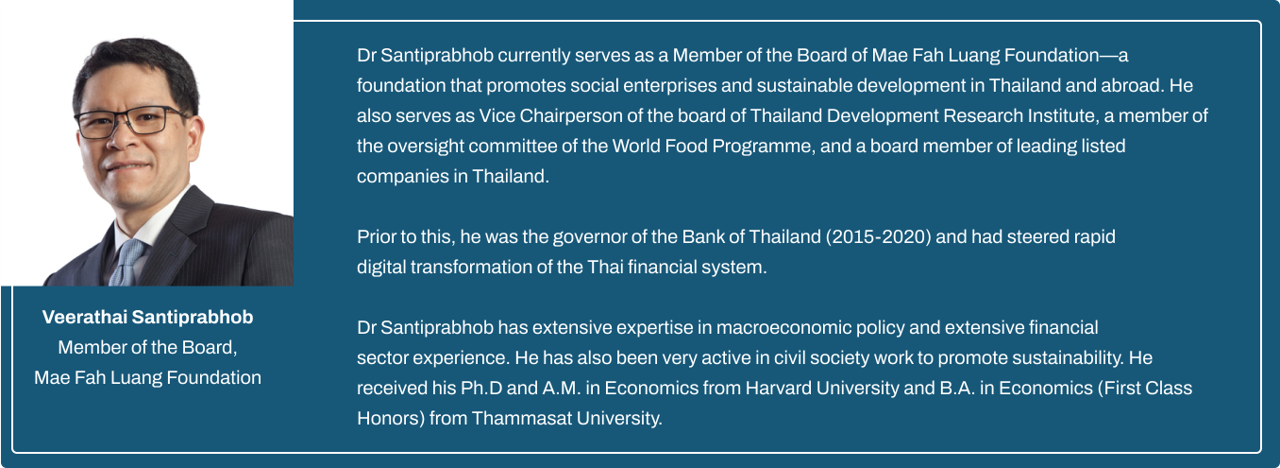The Nordic region's bold investment in green steel underscores a growing global shift toward sustainable infrastructure as a key component of climate action. This project, spanning an area equivalent to 400 soccer fields, represents a significant financial and strategic commitment to decarbonizing heavy industries, which are traditionally challenging to transition. Such initiatives are critical in meeting international climate targets, yet they also highlight the economic risks and long-term investments required to achieve meaningful progress.
In contrast, the political tensions in Australia reveal the complex interplay between environmental policy and domestic politics. The push to abandon net-zero targets reflects a broader challenge in aligning climate action with economic interests and public opinion. This resistance is not unique to Australia; similar debates are occurring in other countries, where the balance between environmental stewardship and economic growth remains a contentious issue. The establishment of an environmental watchdog could be a step toward greater accountability, but its effectiveness will depend on enforcement and political will.
Meanwhile, the situation in Orkney illustrates the growing strain on local communities due to the surge in tourism. The proposed levy aims to address the imbalance between visitor numbers and local needs, but it also raises questions about how to manage tourism sustainably without alienating visitors. Similarly, the EPA's hiring of former lobbyists has sparked concerns about the potential for regulatory capture, where industry interests may influence policy decisions. These issues highlight the need for transparent, independent governance in environmental regulation to ensure that public interests are prioritized over private agendas.


